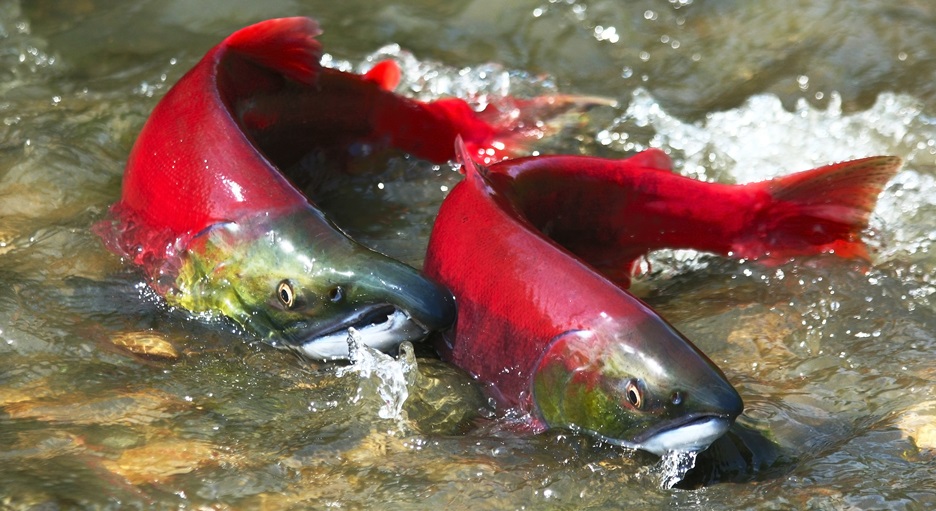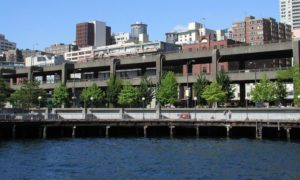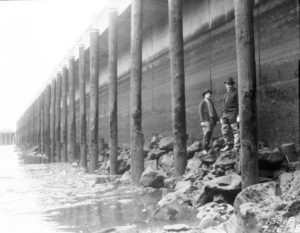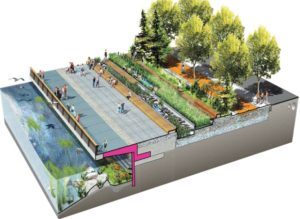Before Seattle, Washington developed along Elliott Bay, the shores mostly comprised bluff-backed beaches. They had intertidal marshes and mudflats that provided a complex and varied habitat for birds, fish, and marine invertebrates. Its sloping beaches offered salmon a safe passage through shallow waters, with plenty to eat along the way.
But for the past 8 decades, the Alaskan Way seawall has brought those living processes to a halt. It was built like most of its ilk: a smooth, vertical slab of concrete that held back the sea for the city’s bustling waterfront.
Note from Storm: Like most civil engineering of the past two centuries, it ignored the needs of nature, focusing single-mindedly on one goal, rather than tackling the complexity of achieving multiple goals simultaneously.
Now, as restoration ecologists increasingly take leadership positions in redevelopment efforts, projects are increasingly braving the surprises and lack of predictability inherent in working with complex living systems. Elimination of surprises–a wonderful thing when dealing with bridges and tunnels–is a central precept of engineering, and has deadly effects when applied to the complex adaptive systems of cities and nature. (end of Storm’s comment)
The seawall helped cement Seattle’s status as a commercial hub and deepwater port, but also sealed the fate of salmon habitat, locking away miles of gradually sloping beaches.
The new seawall should make life easier by featuring an underwater corridor for the fish to pass through on their way to the ocean. It’s illuminated by glass tiles in the pedestrian sidewalk above and filled with rocky surfaces where microalgae and small marine invertebrates are more likely to survive.
If the habitat features attract fish, it could inform future seawall construction around the world, which is expected to increase as sea levels rise in the coming decades.
Ocean levels could rise up to six feet globally by 2100, according to a March 2016 study in Nature, and local waterways are expected to climb between 4 and 56 inches during the same period.
Even better: Seattle’s seawall is only one effort being made to restore shallow habitat across the region.
Feature photo of salmon via Adobe Stock.




